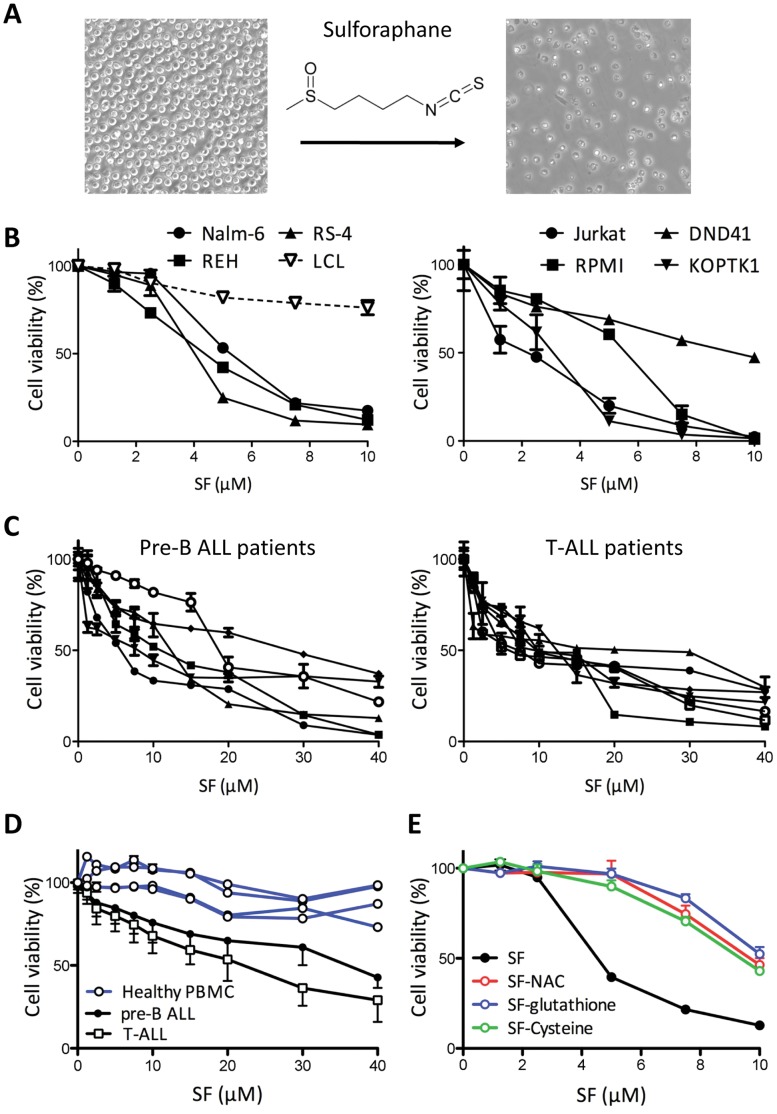Figure 1. Inhibition of acute lymphoblastic leukemic cell survival by the SF isothiocyanate.
(A) Phase contrast images of Nalm-6 cells after culture with 10 µM SF for 24 hours. The chemical structure of sulforaphane is shown. (B) Pre-B ALL cells (Nalm-6, REH and RS-4), non-leukemic LCL cells, and T-ALL cells (Jurkat, RPMI, DND41, and KOPTK1) were incubated with SF or vehicle for 48 hours (n = 3). Cytotoxicity was measured using an ATP-based cell viability assay and expressed as a percentage of the vehicle control. The data are representative of three independent experiments (mean and standard deviation). (C) Samples from pediatric patients diagnosed with pre-B ALL (n = 8) and T-ALL (n = 7) were incubated with the specified SF concentrations for 48 hours. Each patient sample was processed in triplicate (mean and standard deviation). (D) The effect of SF (24 h) on PBMC freshly isolated from healthy donors (n = 4, each measured in triplicates) was compared to cell viability in the pre-B and T-ALL patient samples (mean ± S.D.). (E) Nalm-6 cells were cultured in the presence of SF-glutathione, SF-NAC, SF-cysteine, or SF for 48 hours. Cell viability is shown as mean and S.D. (n = 3).

